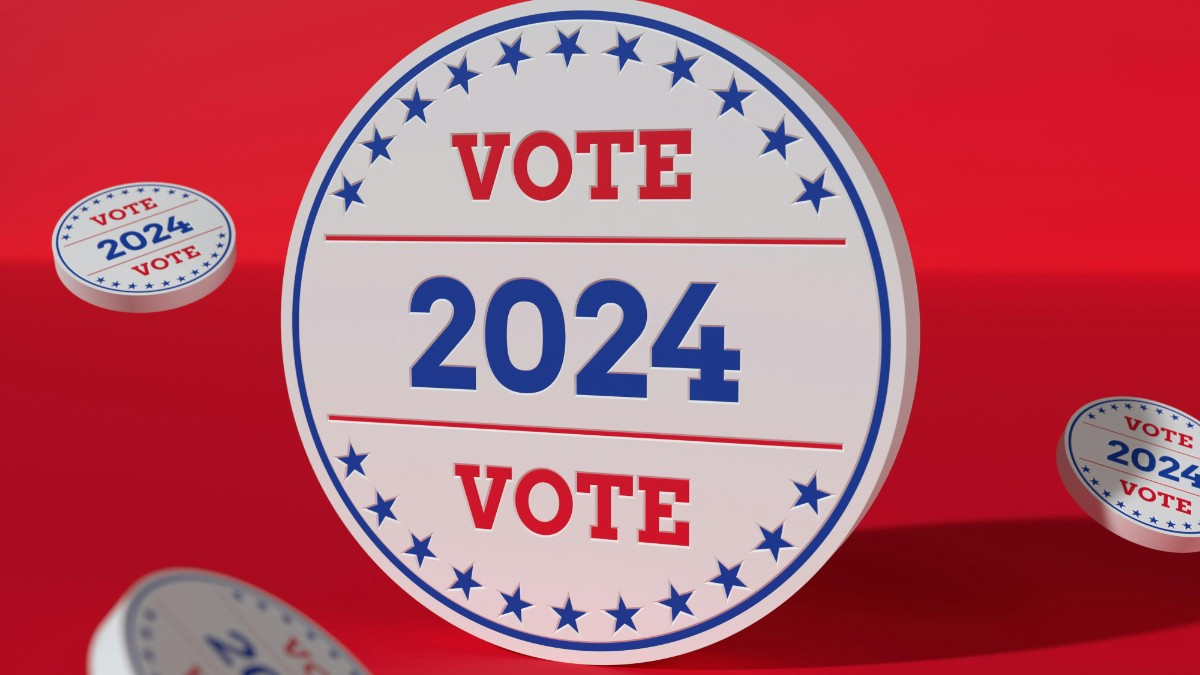With the most highly anticipated US presidential elections just around the bend on November 5, 2024, the competition between Kamala Harris and Donald Trump is reaching an ever higher level of tension. Most of the polls conducted show an incredibly tight race in this contest. According to the latest polls, Harris remains with a slight lead over Trump; however, the dynamics are changing pretty fast since the mood of the people has been dynamically changing.
Status of the polls
One recent Reuters/Ipsos poll of registered voters has Harris leading Trump by a single percentage point, 44% to 43%. That this race is considered to essentially be tied heading into Election Day reflects that this difference falls within the margin of error of about three percentage points for the overall poll. In fact, since entering the race in July, Harris has polled in front, but she has suffered from an erosion of her lead since late September when she led by two points.
It’s also reflected in the tight race in some key battleground states, a CNN poll shows: While Harris has the support of 48% of likely voters in Arizona, Trump trails only one percentage point. In Nevada, Trump narrowly leads Harris, 48% to 47%. This goes to reveal that while both candidates enjoy a strong presence, they also face a stiff challenge in trying to win over undecided voters.
The key issues influencing voter preferences
Voter priorities have a great deal to tell about where the election is likely to head. In the most recent polls, economics seems to be leading in the minds of voters. About the question as to who has a better approach to handle the economy and create jobs, 47% opted for Trump, whereas only 37% opted for Harris. This is a very important trend, as 26 percent of all voters cited the economy as the most critical issue facing the country.
Moreover, Trump’s immigration policy is more attractive to most voters; about 48% of the people think that his way of handling immigration is better as compared to 33% who support Harris’s immigration policy. On political extremism, Harris had a great lead in the earlier responses but has narrowed down to just a two-point lead now between the two candidates, 40% for Harris and 38% for Trump, on this very important issue.
Battleground states and Electoral College dynamics
Where national polling does indeed gives a sense of where voters have voted, the system of the Electoral College dictates a successful candidate needs to ensure winning at least those key battleground states. Current forecasts have both candidates neck and neck in a number of pivotal states. Whereas Trump currently leads by a double-digit margin in Florida and Texas, he still trails behind in traditional Democratic strongholds, such as Michigan and Pennsylvania, where Harris has held onto a slim 5% advantage.
History has more often been replete with polling inaccuracies that favored Trump, who gained office in 2016 despite losing the popular vote. Analysts pointed out that small shifts in both voter sentiment and turnout could massively alter the electoral dynamics in key states. In other words, it all comes down to mobilization, as both candidates ramp up efforts to ensure bases turn out on Election Day.
Voter enthusiasm and turnout predictions
Party supporter enthusiasm is high; majorities of both Democrats and Republicans are highly confident that they will vote—89% of registered Democrats and 93% of registered Republicans say this. High turnout in the election is important; about two-thirds of US adults voted in the most recent election, the highest percentage in over a century.
Early voting trends also tend to give an inkling of what may be in store. In Arizona, Harris leads among early voters by 53% to Trump’s 44%, while in Nevada, Trump leads 52% to Harris’s 46% among those who have voted. These may prove leading indicators for broader trends as Election Day draws near.
